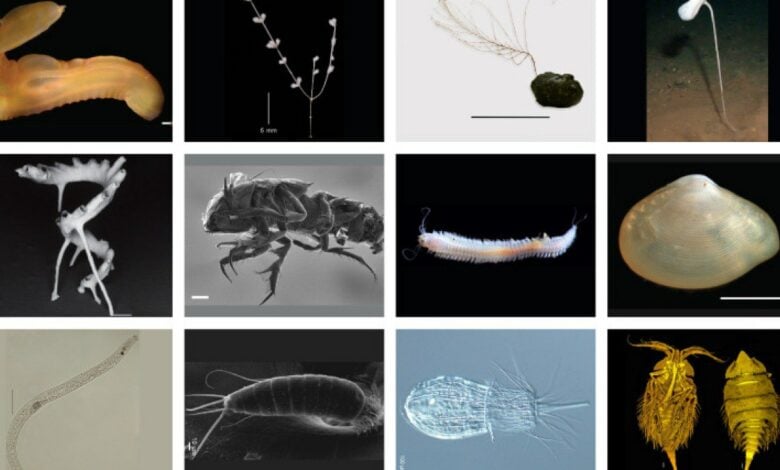Researchers reveal identification of over 5,000 new species in Pacific

Researchers said that they had identified more than 5,578 new species living in deep-sea habitats in the Pacific Ocean in a region known as the Clarion-Clipperton Zone (CCZ), a seabed targeted for mining in the coming years.
According to the study released on Thursday, the zone identified extends roughly 6 million sq km (2.3 million sq miles) between Hawaii and Mexico.
Most species recorded were arthropods, invertebrates with exoskeletons made of chitin, such as shrimp, crabs and horseshoe crabs. Others were worms in the annelid and nematoda groups.
The findings illustrate that “the CCZ represents significant undescribed biodiversity” and “the novelty of the region at deep taxonomic levels”, said the study, published in the Current Biology journal.





